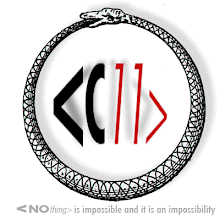This necklace is honestly described! Clearly the shells are maireener shells and circumstantial evidence for the necklace originating in Tasmania is convincing. The seller does not mention that this necklace may well be dyed or even may not be aware that some such necklaces were dyed with aniline dyes – this one appears as if it may have been to enhance its colouration.
It is clearly an example of the necklaces now known to be of ambiguous authenticity and as likely as not a 20th C exemplar – early to 1930s – of a Hobart Necklace. Given that this necklace is now in the USA it may well have found its way there via Hawaii.
It is clearly an example of the necklaces now known to be of ambiguous authenticity and as likely as not a 20th C exemplar – early to 1930s – of a Hobart Necklace. Given that this necklace is now in the USA it may well have found its way there via Hawaii.




1 comment:
Of these necklaces that are more subtly dyed, the best way to tell (if you have it in hand) is to examine the shells with a lens: magnification. The dye will concentrate somewhere on the shells- a naturally repaired break, a nick or chip, around the base, along the suture (the line that follows the whorls around the spiral), etc. It may be necessary to look at numerous shells on the strand, but it should be there.
Post a Comment